
The Healing Power of Love
Love is an antidote for trauma. Since love is profoundly healing, it can be used as a powerful resource to repair a painful past...
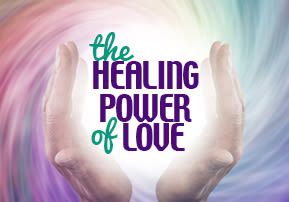
Have you ever wondered why people become “frozen” during a trauma and sometimes afterwards as well? Brains really do mediate and store memories in maladaptive ways which are disconnected from precisely those parts of the brain that could help “digest” and process these painful memories. We can even see this in sophisticated brain scans: the traumatic memory is stuck in the brain without resolution.
Do you remember what happened to Lot’s wife? When her home town of Sodom was being destroyed, even though she was warned to not turn around and “look” at the death and destruction she couldn’t help herself; and when she saw that “traumatic” scene, she “froze” into a pillar of salt. Trauma causes part of us to remain frozen, looking back neuro-biologically speaking as well. Our brains get stuck “looking” at the past. Then we drag those frozen statues of salt around with us throughout our lives. Whenever we try to do something to resolve these inner situations, the terrified statues start yelling and screaming! They can only see death and destruction. They cry out, “Look out! Danger! Danger! If we try to resolve this it will be a disaster!”
One of the interesting aspects of this are the recent scientific studies that confirm and explain how traumatic memories really do get stuck and frozen within the memory networks in our brains. What  happened to Lot’s wife is not just a metaphor it really happens to people.
happened to Lot’s wife is not just a metaphor it really happens to people.
The truth is that we were created to live with pure innocent emuna in Hashem and have never gotten used to evil or imperfection. The traumas of life break us all and when this happens, little “pillars of salt” are formed within us. We spend the rest of our lives dragging them along until the day when we are finally able to visit these memories and melt them away. How does this happen?
Among the important elements that can help people heal is the therapeutic relationship in which these statues can be “embraced” and melted by love and compassion. There are many techniques, suggestions, and therapeutic approaches that will bring about this melting but what really heals is love – mediated in a relationship of protection, safety and attunement with the other person.
Isn’t it interesting that the Hebrew root of the word emuna is aim (which means mother). This is because it is in relation to mother that the person first experiences emuna and love. During the first year of life, almost everybody has experienced the pure simple emuna of being taken care of by a mother. Mothers provide safety, nurturance, protection, love and wisdom. Most of us have lost that deep secure feeling of emuna and unconditional love that we originally felt toward our mothers. But we possess an inner child that still yearns to return back to the blissful state of “not worrying” about anything because we just “know” that despite our daily challenges “everything will be okay.”
You might ask why it is that Hashem starts us off needing to believe in a mother? Isn’t the main point of our lives to believe in Hashem? The answer is that Hashem wants us to transfer the original simple faith that we felt towards our mother (which still lives within us) onto Hashem. Only Abraham, who was the “father of emuna” was able to turn to Hashem (at the age of 3) with complete faith without having had emuna in his mother. As we know, Hashem told Abraham to leave his parents’ home at the age of 3 and go out on his own.
Trauma freezes memories at a neuro-chemical level in the brain. Recent studies with brain scans (such as CAT, PET, SPECT scans, MRI, etc.) show how dysfunctional information can compromise brain activity. There are parts of the brain that contain memory information stored in maladaptive manners. The “frozen” parts do not communicate with the functional parts. Sometimes traumatized individuals don’t even have words to explain what happened to them because traumatic memories tend to be stored away in the right hemisphere—and words are in the left, which is the hemisphere of language and logic. When the hemispheres are not “talking” to one another there isn’t a way to attribute meaning to what happened.
Love is an antidote for shame, anxiety, fear, and anger. Because love is profoundly healing, it can be used as a powerful resource that can be activated and tapped into in order to repair the traumas of life. Researchers have found that love can activate areas in the brain responsible for emotion, attention, motivation, and memory and help with stress reduction. Research has also shown that love carries with it an ingrained biochemical function that creates bonding, attachment, and pleasurable sensations. Certain physical processes occur in the body and brain when you feel love and you give and receive affection. Furthermore, when one feels love, the body releases peptides and hormones (e.g., endorphins, oxytocin, dopamine, vasopressin, nitric oxide) that help turn off the fight-or-flight response and evoke the relaxation response.
Often times because of the rough times they go through, people may “forget” about the love that they received or gave to others earlier on. By drawing from the reservoir of love in their lives (what Rebbe Nachman of Breslev calls their “points of goodness”) and tapping into them – those people are able to heal from trauma and better manage life’s challenges. Contained in this wellspring are all the memories of loving and being loved, experiences with cherished family and friends from their past and present life. Even though they may lose contact with it, the love they have received is never lost. It continues to abide in their hearts.
What follows is a script for activating the inner wellspring of love you have received and the love that you have shown others that is stored within you.
“Take a few moments to go inside and quiet your mind. Find that still place within yourself and rest there a while.
“Now think, who are the people from your past and present that you have loved, who loved you or both? You can go all the way back to your childhood, to parents, grandparents, nannies, friends, teachers, or pets you had. Think of your children, grandchildren, nieces and nephews. Do you have a close friend you love?
“If the people or animals are deceased and you feel sad when you think of them, see if you can put these feelings aside and focus only on your love for them. Remember that this love never dies. What they gave to you continues to be a resource for you throughout your life.”
“You might bring up a memory of being with that person when he or she was expressing his or her love for you or imagine the person expressing his or her love in some way, such as holding you or gazing at you with warm, tender eyes. “As you imagine your loving resource person, you can increase the memory by activating the senses. What are you seeing, smelling, hearing, feeling? Take in this person’s loving presence. Feel it in your body. Remember what it feels like to be loved, to be seen. Focus only on positive imagery and feelings. Put aside any memories or feelings of disappointment or loss.”
“Really let yourself take in the feeling of being cared for. Let the feeling permeate your cells, bringing warmth and well-being to all of you. Allow the feeling to keep getting stronger. If anything negative should come up just return again to the positive image. Try to stay with only positive feelings. If you cannot do this, bring up another memory of being loved by the same resource person, or think of another person and strengthen that one.”
The decision whether to cultivate love and trust in others is up to you. Do you want to live with more simple innocence and belief in the goodness of others or don’t you? If you do, you must start by believing in yourself. By realizing how much you have received from others, you will automatically love yourself more. As your emuna in yourself and others grows stronger, so will your emuna in Hashem. May it be so!
Adapted from: Attachment Focused EMDR: Healing Relational Trauma by Laurel Parnell, Ph.D.



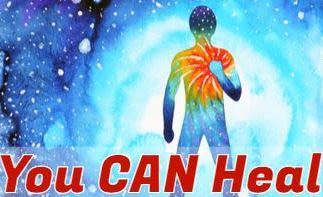
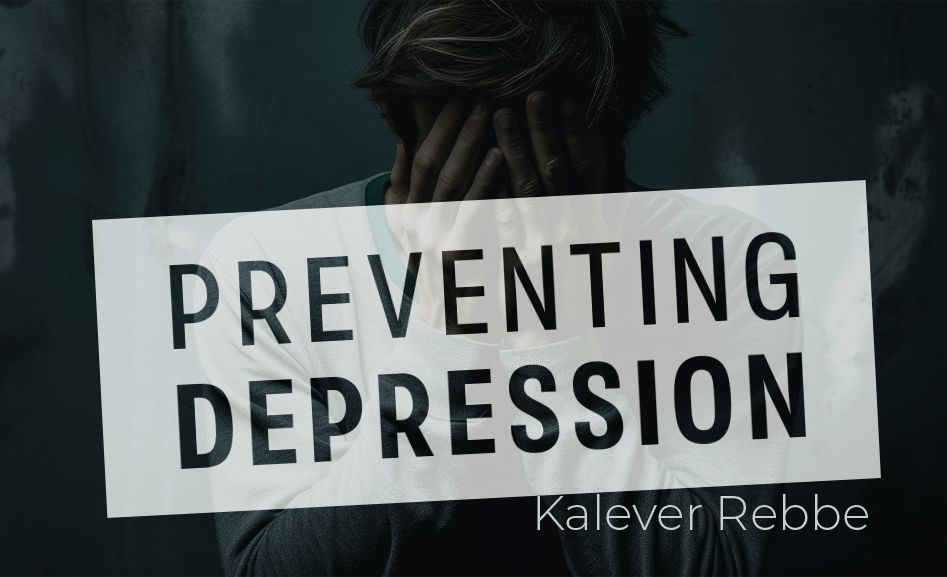
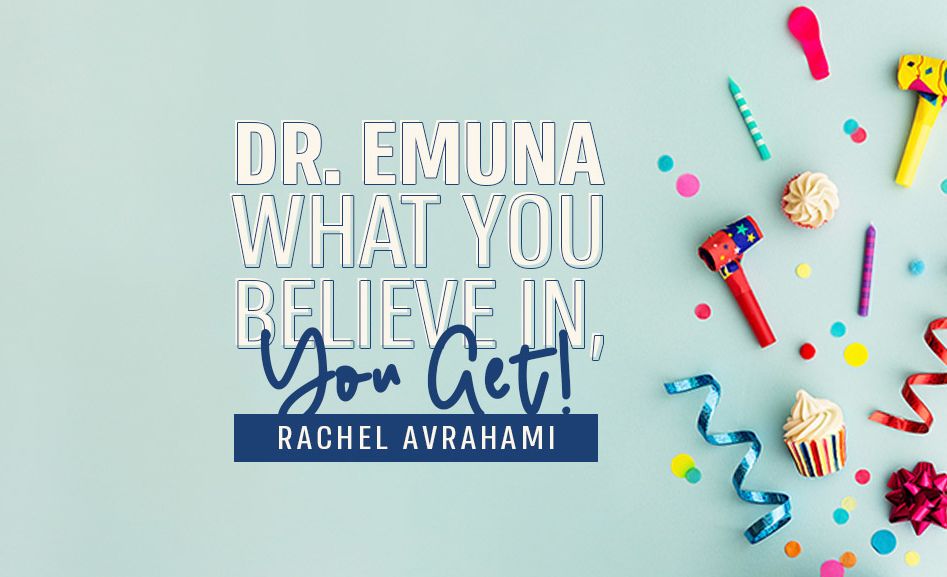
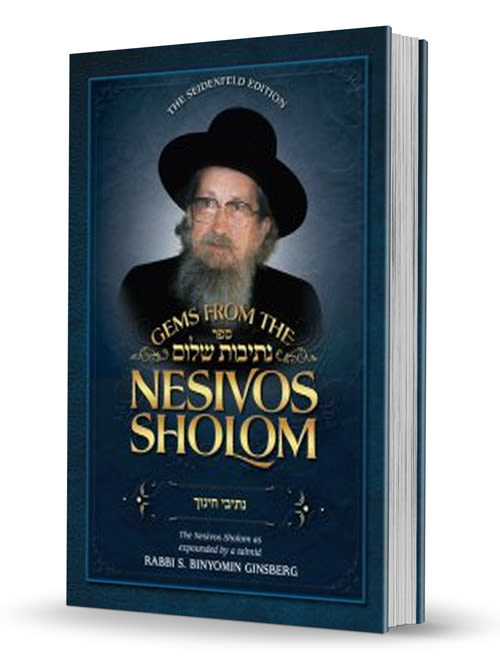


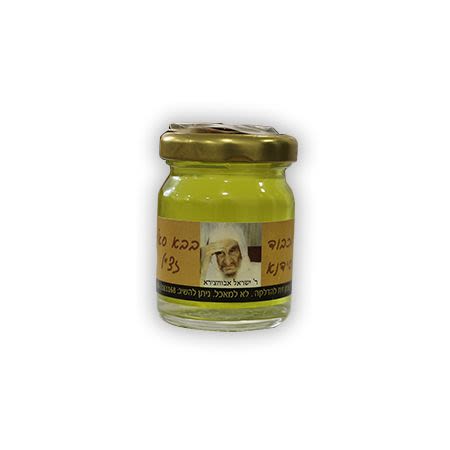
Tell us what you think!
Thank you for your comment!
It will be published after approval by the Editor.